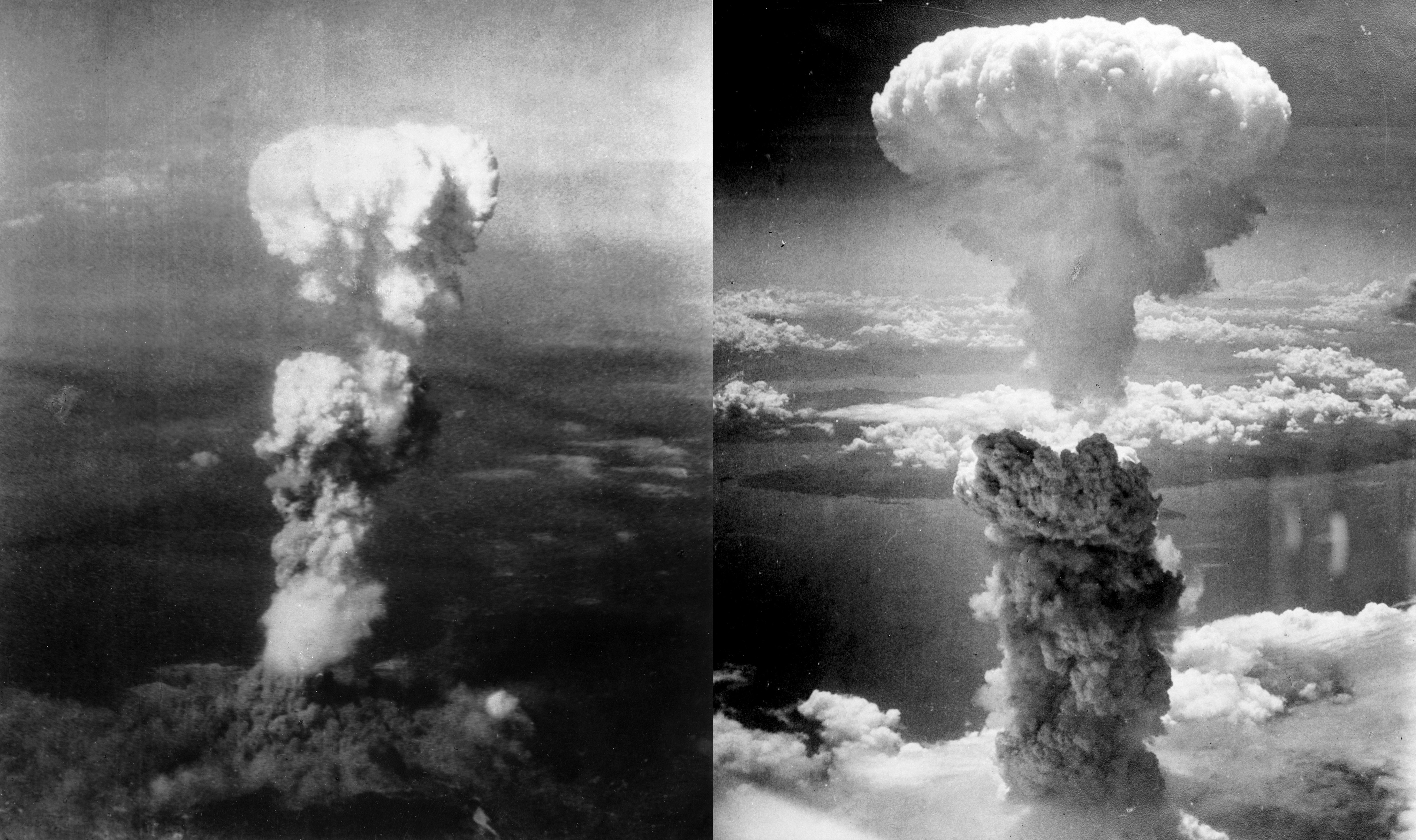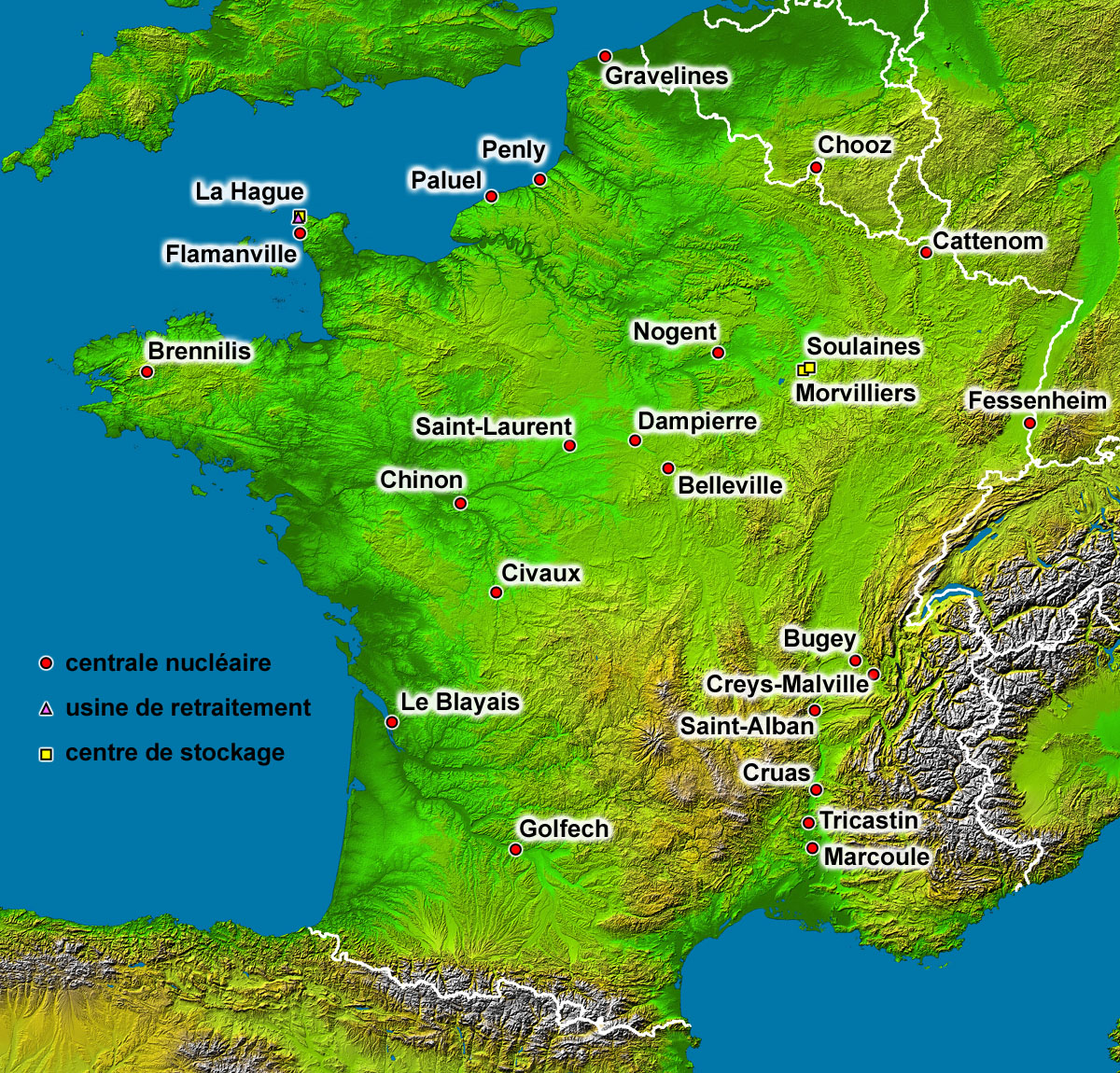This week marks the 79th year since the tragedy of nuclear warfare. Japan, only country to have experienced the effects of nuclear warfare, has always pledged non-participation in nuclear arms development. While the US has traditionally included Japan and South Korea in its protection, recent geopolitics in the area (and elsewhere) may encourage self-protection. With fear rising in Seoul due to its nuclear northern neighbor, 71 per cent of South Koreans surveyed expressed belief that self-protection may be necessary.

Japan may be less inclined. There are still 106,823 survivors who are a testament to the tragedy of August 1945. And the present generation who experienced the 2011 Fukushima disaster have grown wary of nuclear danger: not just in war but in energy production. In the Fukushima tragedy, 47,000 people fled their homes, ocean water near the plant became contaminated, and 80 square miles (207 square kilometers) were declared uninhabitable. Loss and damage remediation cost: estimated at $660 billion (71 trillion Yen). Those who visit Fukushima, or the Hiroshima Peace Memorial Museum, may reflect upon past – and future- nuclear decisions.

Einstein, whose letter to then-president Franklin D. Roosevelt led to the development of the Manhattan Project that resulted in the bombs, said it was his life’s biggest regret. Is it finally time for the world to join and support Hiroshima’s declaration, this week, that we must move from “ideal” to real action in nuclear disarmament. Governor Hidehiko Yuzaki of Hiroshima Prefecture noted that once a weapon is invented, likelihood of use becomes a problem that may never resolve. If you want to support nuclear disarmament, lift your voice here or here.

But what about nuclear power as a non-carbon source of energy in a world seeking to stop carbon-caused climate change? Microsoft co-founder and philanthropist Bill Gates invested in TerraPower in 2008: in 2024, the company developed a new design for a power plant in Kemmerer, Wyoming, USA. Gates noted that former nuclear designs use water to cool the system (a problem in the Fukushima disaster), but the Wyoming project will use liquid sodium. The medium can withstand eight times more heat than water, and does not require pumping back into the system. It still uses uranium, however.
Uranium is radioactive in all its isotopes; U-235 is fissile, and is the basis for most of the world’s nuclear power stations. As a mineral, uranium decays into other, lighter, elements: but it takes time. The half-life of U-235: 704 million years. Storage of spent fuel continues to be an issue. The world’s biggest deposits of uranium are in Australia, Canada, and Kazakhstan: these countries therefore may influence world nuclear policies.
Even more influence comes from those who have not signed, or have resigned from, the global Comprehensive Nuclear Test Ban Treaty (CTBT). Russia pulled out; the US has signed but never ratified. India, North Korea, and Pakistan have not yet signed. While 187 nations have agreed, only 36 have ratified. In addition to the US, China, Egypt, Iran, and Israel have not yet ratified. If you live in a country that has not signed or ratified, your action and encouragement can make a difference.

But as the Atomic Energy Act reminds us, nuclear power is an energy form with environmental (and medical) benefits. Advocates of nuclear power, including Gates, speak of its potential to help the world achieve a carbon-free, net-zero goal as we transition away from coal, gas, and oil. Many join Gates in supporting nuclear energy for a carbon-free world. Today, there are nuclear power plants supplying energy and electricity in over 50 countries. The US, France, China, Japan, Russia, South Korea, Canada, and Ukraine (in that order) are the top producers; France has the largest share of energy generation from nuclear. Germany, however, decided to phase out and decommission its nuclear energy infrastructure.

But even if new civil nuclear designs like that of TerraPower are safer operationally, are nuclear power plants still a danger as potential targets? Ukraine would say this is sadly true, as evidenced by recent threats to Zaporizhzhia. Bombing or otherwise exploding a civil nuclear facility built to generate electricity would result in two disasters: disabling energy infrastructure and triggering a radioactive explosion that would cause immediate casualties and lingering contamination. A database of nuclear terrorism is maintained by the Monterey Institute of International Studies, James Martin Center for Nonproliferation Studies Middlebury Institute of International Studies at Monterey, and the Center for International Security and Cooperation at Stanford University. Organizations like Global Zero offer ways to get involved. The United Nations Treaty on the Prohibition of Nuclear Weapons, 7 July 2017, offers a vision.
In the next part, we’ll look at possibly safer forms of civil nuclear energy. Using uranium may be dangerous, but could small modular nuclear reactors (SMR) be less of a threat? And will the work of Jean-Louis Bobin and other physicists developing nuclear fusion independent of uranium change the field – and the world?
When learning that this week marks the 79th anniversary of the use of nuclear weapons in war, a student remarked: “By next year, the 80th, how can we reach complete nuclear disarmament?”
Take action here or here. This week, especially, honor peace.
Bobin, Jean-Louis. Controlled Thermonuclear Fusion. World Scientific: 2014. 978-9814590686
Brooke, K. Lusk. “Oppenheimer,” 22 July 2023. Building the World Blog. https://blogs.umb.edu/buildingtheworld/2023/07/22/energy-oppenheimer/
Davidson, Frank P. and K. Lusk Brooke. “The Manhattan Project,” Chapter 26. pages 477-514. Volume II. Building the World. Greenwood 2006. ISBN: 0-313-33374-2.
Gates, Bill. “Nuclear Power.” VIDEO. 16 June 2024. CNN. https://www.cnn.com/2024/06/16/business/video/bill-gates-nuclear-power-gps-sot-digvid
Global Zero. https://www.globalzero.org/take-action/chaosnewstart/index.html
Holdren, John P. “Threats to Civil Nuclear-energy Facilities,” chapter, Science and Technology to Counter Terrorism: Proceedings of an Indo-U.S. Workshop. 2007. National Academies Press. https://nap.nationalacademicies.org/read/11848/chapter/8
International Campaign to Abolish Nuclear Weapons (ICAN). Nobel Peace Prize 2017. “How to stop nuclear weapons.” https://www.icanw.org/take_action_now
Jiangtao, Shi. “Could Japan and South Korea join the nuclear club? Cold war fears put the prospect in play.” 6 August 2024. South China Morning Post. https://www.scmp.com/opinion/china-opinion/article/3273440/could-japan-and-south-korea-join-nuclear-club-cold-war-fears-put-prospect-play
Kingsbury, Kathleen, Editor, with W.J. Hennigan, and Spencer Cohen. 2024. The New York Times. https://www.nytimes.com/interactive/2024/05/22/opinion/nuclear-weapons-nytimes.html
Langley, Winston E. Abolishing War. Lynne Rienner Publishers, 2024. ISBN: 978-1-962551-25-0
Nicholls-Lee, Deborah. ” ‘It was the one great mistake in my life’: The letter from Einstein that ushered in the age of the atomic bomb.” 6 August 2024. BBC. https://www.bbc.com/culture/article/20240801-it-was-the-one-great-mistake-in-my-life-the-letter-from-einstein-that-ushered-in-the-age-of-the-atomic-bomb
Nolan, Christopher. “Oppenheimer.” IMDb. https://www.imdb.com/title-tt15398776
United Nations. “Treaty on the Prohibition of Nuclear Weapons.” 7 July 2017. https://disarmament.unoda.org/wmd/nuclear/tpnw/#:~:text=The%20Treaty%20on%20the%20Prohibition,threaten%20to%20use%20nuclear%20weapons
U.S. Nuclear Regulatory Commission. “TerraPower, LLC, Submittal of the Construction Permit Application for the Natrium Reactor Plant, Kemmerer Power Station, Unit 1,” Accession number ML24088A059, 10 April 2024. https://www.nrc.gov/docs/ML2408/ML24088A059.html
World Nuclear Association. “Uranium mining overview.” 16 May 2024. https://world-nuclear.org/information-library/nuclear-fuel-cycle/mining-of-uranium/uranium-mining-overview
Yamaguchi, Mari. “Hiroshima governor says nuclear disarmament must be tackled as a pressing issue, not an ideal.” 6 August 2014. Associated Press. https://www.conchovalleyhomepage.com/news/ap-hiroshima-governor-says-nuclear-disarmament-must-be-tackled-as-a-pressing-issue-not-an-idea/
Great appreciation to colleagues who suggested nuclear disarmament paths.
Building the World Blog by Kathleen Lusk Brooke and Zoe G. Quinn is licensed under a Creative Commons Attribution-NonCommercial-NoDerivs 3.0 U
